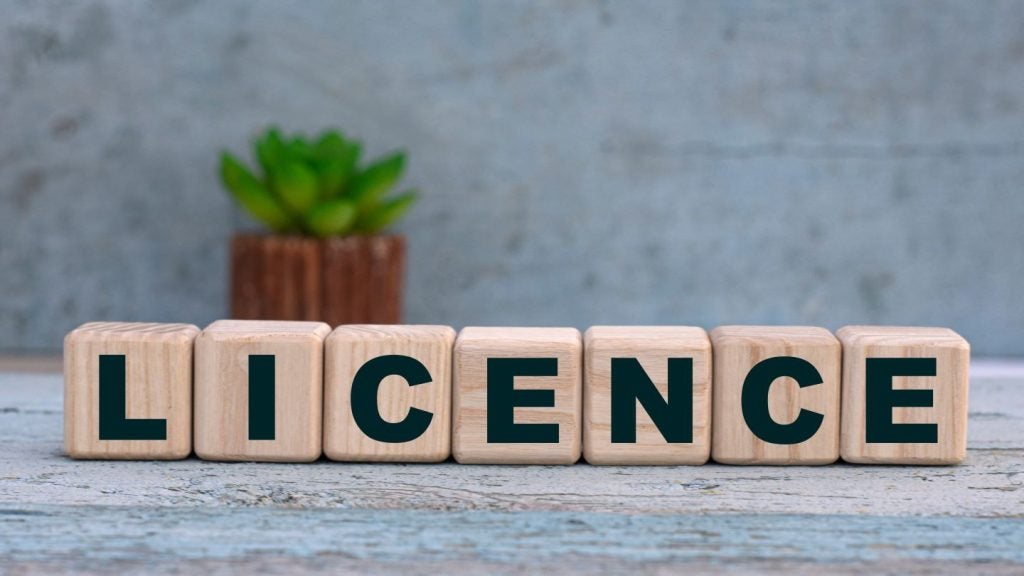Another bit of bad news for the cheque: the 2016 Federal Reserve Payments Study reported that consumers wrote nearly two-thirds fewer cheques per household in 2015 than in 2000.
The number of cheques written per household in the US fell from 19.3 per month in 2000 to 7.2 in 2015.
In addition, a common trend in GlobalData’s research – and our monthly country surveys – is that cheque usage is falling everywhere. Two of our country surveys this month show this, with the exception of the Netherlands, which remains fairly flat.
Is there a way to save the payment method? Cheque imaging has been touted as its saviour, but some countries are delaying its deployment.
The UK in particular has been sluggish. Its cheque imaging system is set to go live for some banks and building societies from October 2017, with it being market-wide from the second half of 2018.
This screams of a move being too little too late.
50 years of the ATM
As we mention on multiple occasions within this issue, it is the 50th anniversary of the ATM this month.
Now an established staple of the financial sector, it has certainly had its ups and downs. James Shepherd-Barron, son of the ATM’s inventor, John Shepherd-Barron, had a few stories to share at ATM & Cash Innovation Europe this year.
He revealed that the first ATM did not even work. His father had to hand the money to actor Reg Varney through the machine’s slot.
This was not the last of the problems for ATMs, as bank tellers continued to block them up with honey as they feared losing their jobs to these new pieces of technology.
Shepherd-Barron stated that the “ATM has been underappreciated for years” – an opinion that I share.
It certainly has been taken for granted in recent years. You may not notice that they are there, but you will certainly notice if there is not one about. This is coming from someone whose first experience with an ATM led to his card being swallowed and asking his friends for a small loan so he could buy something from Burger King.
We have a lot in this issue celebrating and analysing the ATM and its future. It looks optimistic, but there is plenty of room for improvement.







